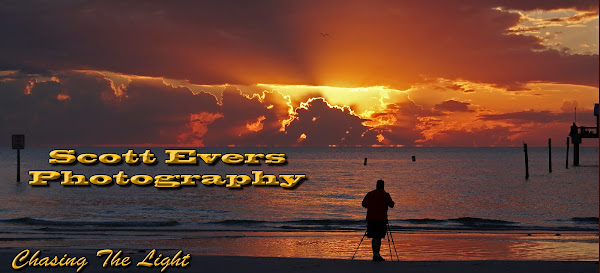When I planned my trip to Hawaii, I flew in and out of Honolulu, which is located on the Island of Oahu. Honolulu is a city of about 400,000 people, but it feels much bigger since much of it is packed along the famous Waikiki Beach. Oahu, an island occupying 597 square miles, is the second oldest island in the Hawaiian chain of visitable islands. She lies between her sister islands Kauai and Maui.
Waikiki Beach, Honolulu, HI.
With its calm waters, the beaches of Waikiki offer a great place for swimming as well as your very first surf lesson. Waikiki is known in Hawaiian as “sprouting waters”. The water is very calm and a great beach to relax on and people watch. It will get pretty crowded though with the urban population so densley packed around it. I really enjoyed the sunsets from the beachfront area though. The sunsets I experienced in Hawaii were pretty amazing. Pull up a beach chair and have a cooler with some relaxing adult beverages and watch the show.
Sunset from Waikiki Beach
The weather on Oahu is ideal, and tempreatures range between 75-88 degrees F. With moderate humidity and constant ocean breezes, even the hottest months are very comfortable. There are many great attractions, and resturants in the Honolulu area. I knew that Hawaii was going to be expensive, but the sticker shock to my conservative (cheap) mid-western values was painful. It is very easy to bust your budget trying to see and do all the tourist things you want to do while you are there. I only had three days to spend on Oahu, so I rushed around to see as much as I could fit in and afford. At least the sunsets were free.
The Sun Sinks Slowly Into The Pacific Ocean
I think this photograph is a good representation of the Honolulu area. Beautiful but somewhat crowded. You see a commercial air plane, cruise ships, sailboats,and swimmers and surfers in the water. Although I prefer my beaches to be less crowded, Waikiki is a very cool place to hang out.
The Honolulu Pier after Sunset
This was my favorite photograph of my numerous attempts at long exposure shots and sunsets. The sun had dipped below the horizion and left the orange after glow in the sky. I took numerous exposures to try and capture people when they were not moving much so they would retain their forms. This was my best shot of the bunch.





































